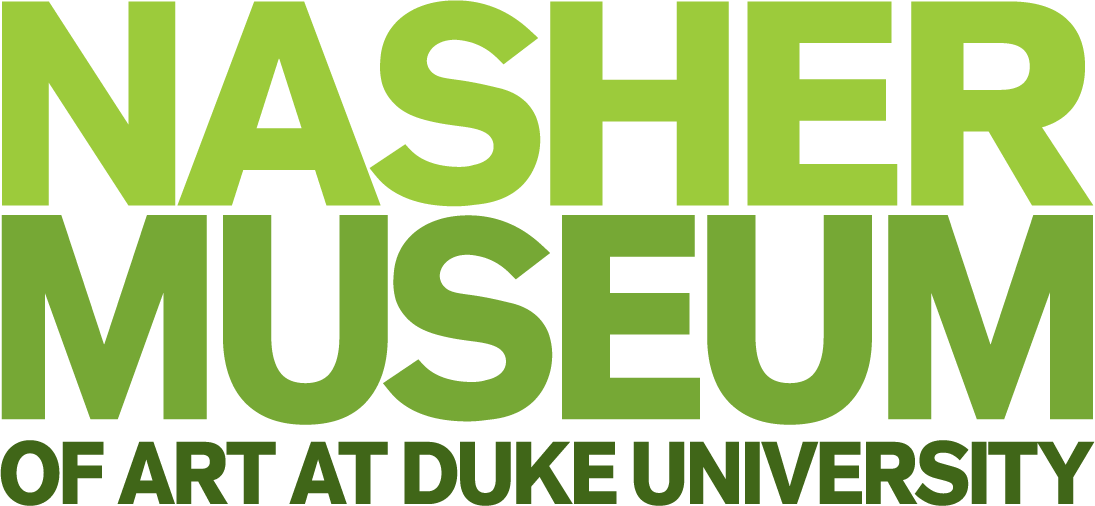Art of the Andes

Art of the Andes features ceramics, textiles, metalwork, and carvings produced by cultures across the Andes region, a 4,500-mile-long mountain range on the Pacific Coast of South America. These objects, many on view for the first time, reveal the diverse and sophisticated artmaking techniques through which ancient Andeans expressed ancestral beliefs and personal and political identities. The wall case provides a comparative view of the ceramic production of several prominent Peruvian civilizations, presented chronologically from left to right. From the colorful painted motifs of the Nasca and the sculptural realism of the Moche to the whistling vessels of the Chancay, the ceramics depict both realistic and stylized animals, people, deities, food, and scenes of warfare, performance, and pleasure.
Numerous objects in this gallery also celebrate the importance of corn, a plant of major significance across the Andes. Chicha, a drink made from corn, was consumed at political and ritual events and poured as an offering to ancestors and at sacred sites. It is still widely used domestically and ceremonially across the region today. While most of the objects in this gallery date from 200 BC to 1500 CE, several pieces demonstrate contemporary Indigenous artistry, especially textile production, and the ways in which the ancient Americas inspire living artists.
The Art of the Americas collection is one of the Nasher Museum’s largest holdings. Many of the objects on view came from the collection of Paul and Virginia Clifford, who donated more than 800 works to the former Duke University Museum of Art in 1973. As part of its mission, the Nasher Museum conducts ongoing research on provenance—an object’s history of ownership—and welcomes any information from the public on works in the collection.
This reinstallation is organized by Julia McHugh, the Trent A. Carmichael Director of Academic Initiatives & Curator of Arts of the Americas at the Nasher Museum, with research assistance from Abigail Hartemink T’25, Annaliese Hermann J.D.’22, Ally Perez T’20, Anna Port T’25, Diana Sanchez T’22, and Gabrielle Tenedero.
History We Can Touch
Rising Duke junior Abigail Hartemink followed several threads from her childhood to a summer internship at the Nasher Museum: a love of art, a passion for sewing and textile work, a fascination with ancient cultures and an...
Published

















